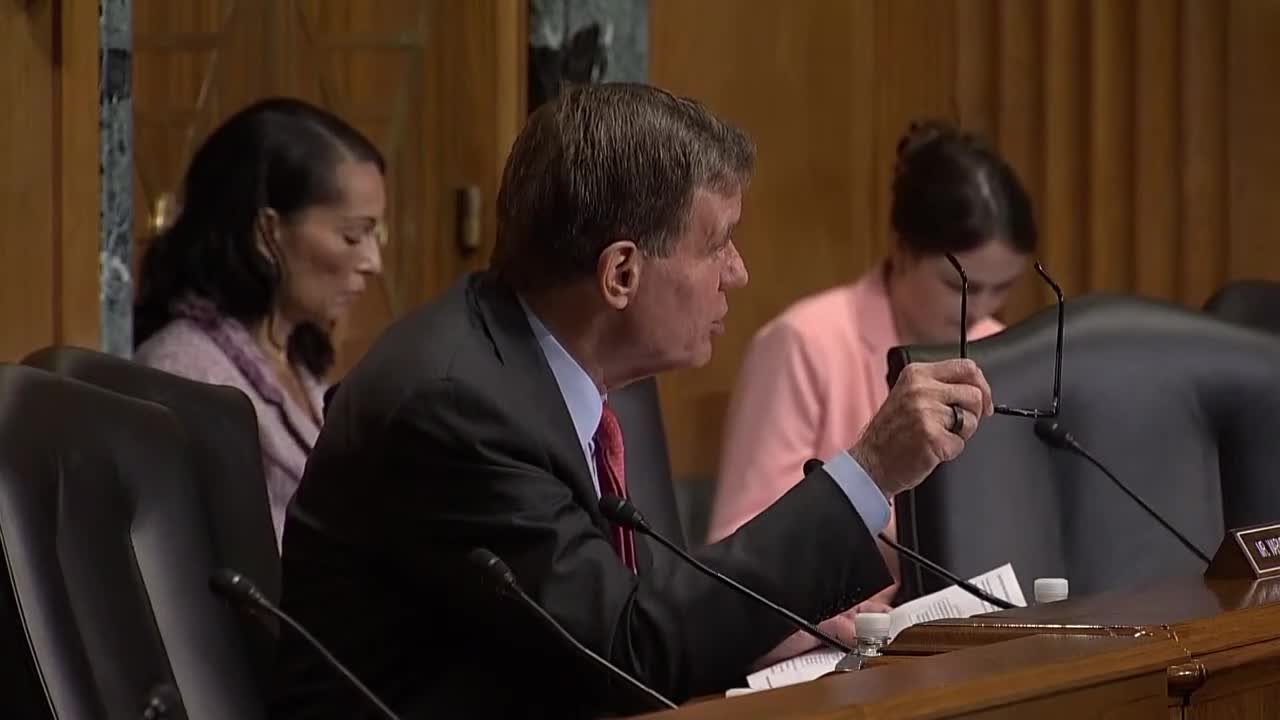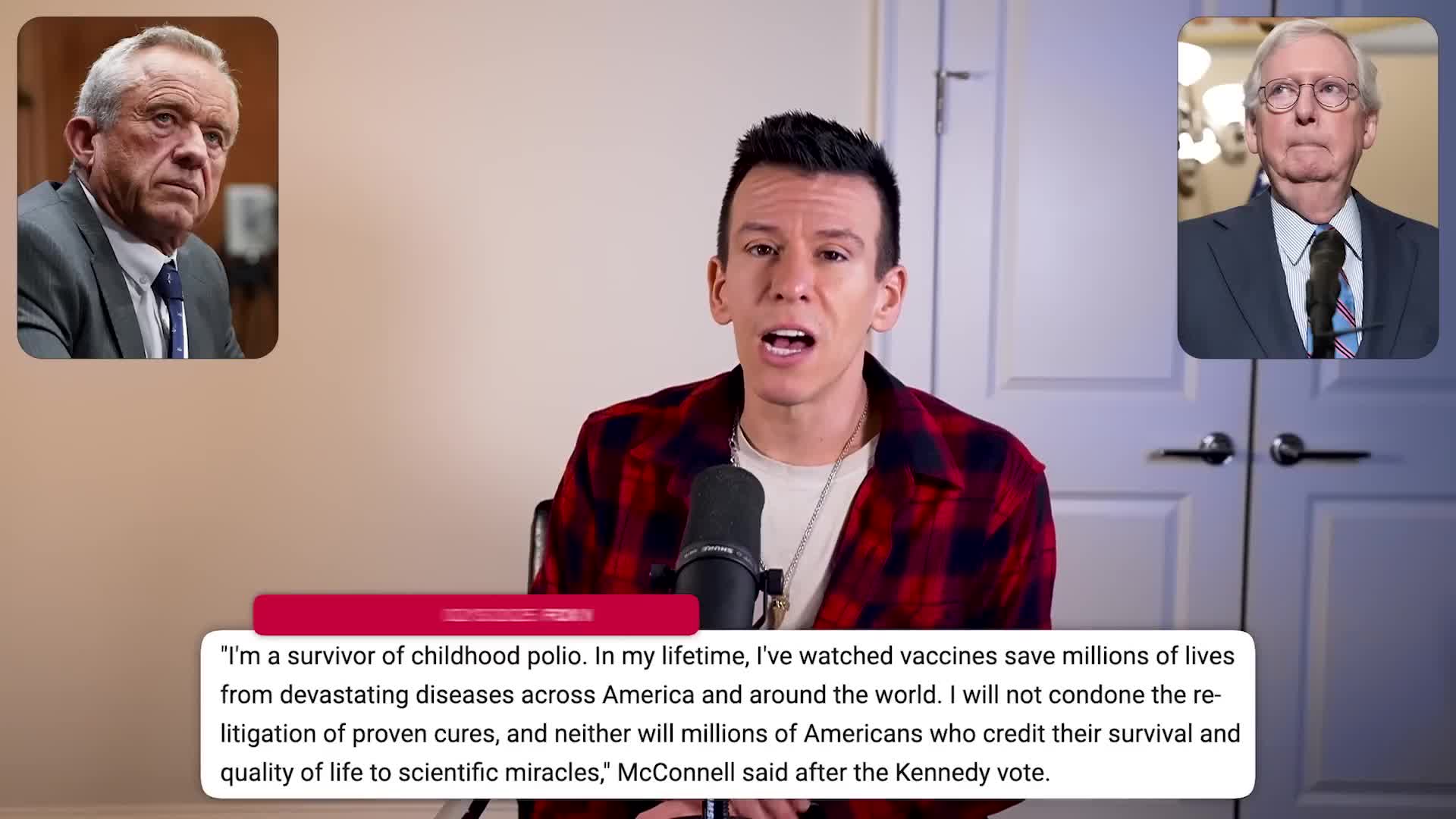Healthcare Management
How can the healthcare system build resiliency against cybersecurity breaches like the one at Change Healthcare?
Healthcare systems need backup systems to ensure operational resilience against cybersecurity attacks. The recent Change Healthcare breach demonstrated that providers with alternative systems could shift to their backups without interruption, while those without backups suffered weeks of delayed payments, causing significant operational challenges, especially in rural areas. UnitedHealth's CEO Andrew Witty emphasizes the importance of creating a business model with built-in redundancy - a 'second rail' or pipeline that allows providers to maintain operations during technology failures. This approach requires working directly with healthcare providers to implement backup solutions that can activate immediately when primary systems are compromised, ensuring continuous patient care and payment processing.
Watch clip answer (01:44m)What is Andrew Lennox's role as an administrative officer at the VA and how does it impact veterans' healthcare?
As an administrative officer for the primary care department at the VA hospital, Andrew Lennox works behind the scenes to eliminate bureaucratic inefficiencies that can impede healthcare delivery. His responsibilities include managing doctor and patient scheduling, reducing wait times, handling vacation pay, ordering equipment, and addressing other administrative matters. The core purpose of his role is to take the administrative burden off healthcare providers—doctors, nurses, and other care staff—allowing them to focus on their primary duty of treating veterans. By streamlining these processes, Lennox helps ensure veterans receive care as quickly and effectively as possible, minimizing the red tape and friction that typically exists in healthcare systems.
Watch clip answer (00:33m)What are the current restrictions on Pope Francis during his hospitalization for pneumonia?
Pope Francis is under strict doctor's orders to rest while hospitalized with pneumonia in both lungs. No visitors are allowed to see the pontiff except for some very close aides who bring him various papers and documents for review and signature, which he has reportedly been able to handle despite his condition. Despite his busy schedule in recent weeks, the Pope was reluctant to go to the hospital last Friday but was ultimately forced to seek medical attention. Throughout his recovery, he has been able to maintain some of his papal duties from his hospital room, reviewing and signing important documents while following medical advice to ensure proper recovery.
Watch clip answer (00:22m)What is the problem with the current approach to budget cuts in public health agencies?
Dr. Osterholm explains that the current budget cuts to public health agencies are arbitrary and not based on actual needs. He describes it as "taking a machete" where a "fine surgical instrument" would be more appropriate. These cuts are particularly concerning because they're affecting young employees who represent the future leadership of these agencies. The impact of these poorly planned reductions won't be short-lived - Dr. Osterholm warns that we'll feel the consequences of these decisions "for a generation to come."
Watch clip answer (00:45m)What executive orders did President Trump sign to improve fertility treatment affordability?
President Trump signed an executive order directing the Domestic Policy Council to examine ways to make IVF and other fertility treatments more affordable for Americans. This initiative addresses the growing concern that such treatments have become unaffordable for many families across the country. In addition to the fertility treatment executive order, Trump signed a presidential memorandum imposing transparency requirements on government departments and agencies, aligning with his administration's commitment to governmental transparency. These executive actions aim to tackle both healthcare accessibility issues and enhance accountability in government operations.
Watch clip answer (00:49m)What was the result of the Senate vote to confirm Robert F. Kennedy Jr. as Secretary of Health and Human Services?
The Senate voted 52 to 48 to confirm Robert F. Kennedy Jr. as the Secretary of Health and Human Services. The vote was largely along party lines with only one Republican, Mitch McConnell, voting against the confirmation. This narrow margin reflects the controversial nature of Kennedy's appointment, which has sparked concerns about his positions on vaccine safety and public health policies. His confirmation represents a significant shift in leadership at one of the nation's most critical health agencies.
Watch clip answer (00:07m)




